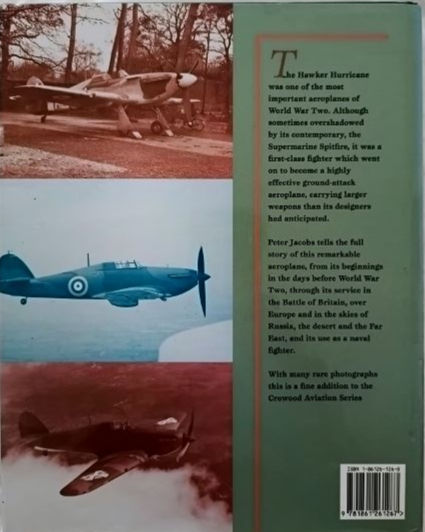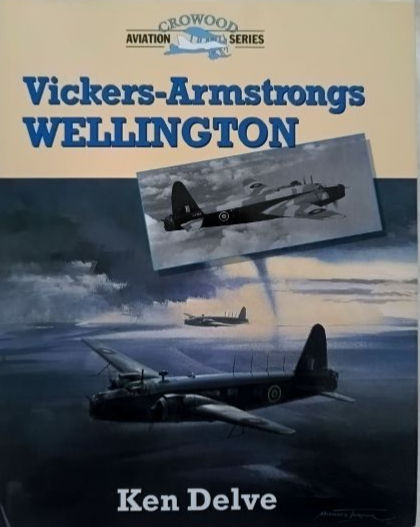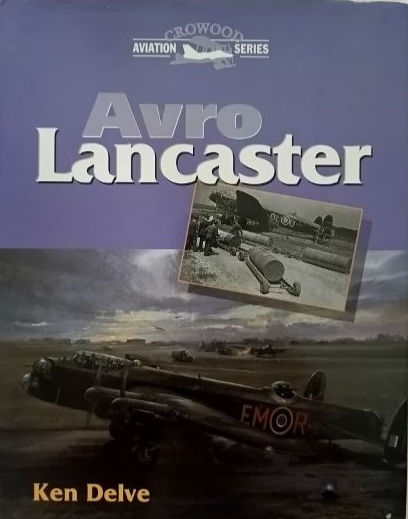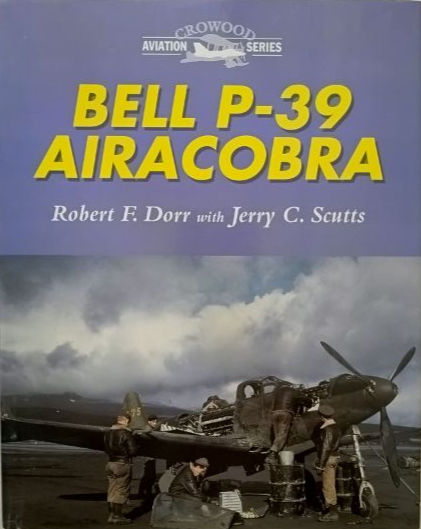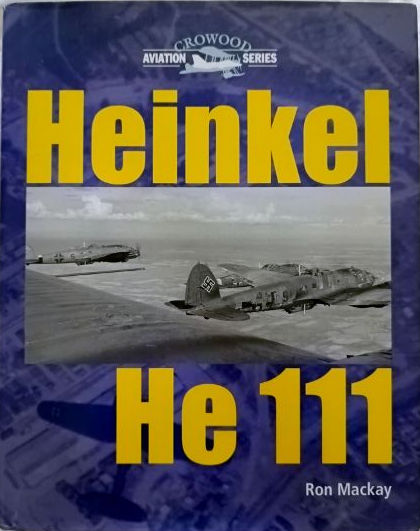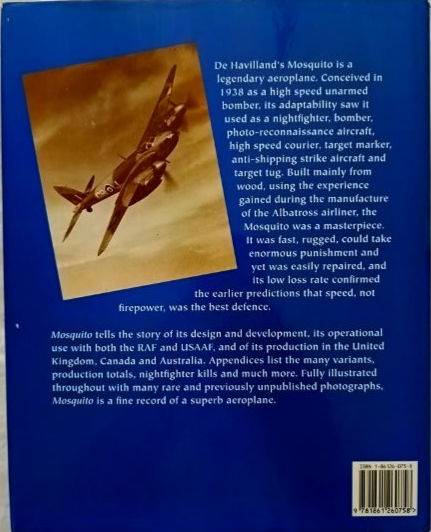Hudson Wreckage Recovery: The Recovery Of Part Of WWII Hudson Bomber (1995) VHS
A controversial video footage on the recovery of a downed WWII RAAF Hudson Bomber outside Townsville once you read the article below...
FIVE years after calls for a World War II plane crash site to be declared a war grave, the downed planes, and their deceased crew, remain unprotected and open to relic hunters.
The remains of four airmen have never been recovered from the crash site despite the wreckage being publicly accessible by boat and by air.
Giru grazier Keith Mitchell and diesel mechanic Tony Wellington, of Cungulla, said locals had known of the crash sites for years but were fiercely protective of their whereabouts.
“My father was in the air force and used to talk of some mates who never made it to Garbutt,” he said.
“That’s when I started researching wartime plane crashes in the region, and there are hundreds of them.
“We have yet to find dad’s mates plane, it was last heard of around Bowen, but there are crash sites all over the region.”
Two of four RAAF Lockheed Hudson Mark IIIA bombers from 32 Squadron flying were flying on May 24, 1942, laden with bombs, when two of the bombers collided over Giru.
Aircraft number A16-191 BW677 collided with the other Hudson bomber, A16-194 BW680.
Sergeant Maurice Wilfred Cooper (South Australia); Sergeant James Alexander Herman (South Australia); Sergeant Herbert Thomas Gillam (Victoria) and Pilot Officer John Leslie Manton Jewell (Western Australia), who were flying in the A16-191 BW677, were killed instantly.
The other Hudson bomber made a forced landing on a saltpan with the crew escaping injury.
The Townsville Bulletin visited both sites yesterday. At one crash site, debris remains scattered across the cracked mudflats with signs of human activity, including aircraft tracks, nearby.
The other site, which is more concealed, revealed the wing of the A16-191 BW677 still perched in mangroves, its RAAF insignia still visible.
Debris was scattered over a wide area but, incredibly, the remains of the aircraft were in good condition despite the passing of time.
The mangrove site was mired in controversy five years ago after members of the North Queensland Military Museum were accused of removing the aircraft’s fuselage, wing and tail, and a boot with bones belonging to one of the deceased airmen.
The allegations were slammed as those of a “disgruntled group of three museum members”.
The Australian Defence Force conceded some wreckage had been removed by various group, but said it was unlikely human remains would ever be found at the crash site.
The Commonwealth War Graves Commission has the bomber crew listed among those who lost their lives in the south-west Pacific region during WWII and have no known grave.
Mr Mitchell and Mr Wellington, who are planning a trip to locate another crashed WWII plane during the dry season, said the region’s war history was extensive.
Mr Mitchell owns a 1400 acre grazing property that was once used by the RAAF and the USA air force during WWII.
Townsville historian Ray Holyoak said the sites should have been protected.
“We have all this effort being done overseas, to recover remains from the Western Front and that is great, but here we are, the biggest city in North Queensland, and a site accessible by aircraft that should have been followed up,” Mr Holyoak said.
“Any remains should have been retrieved and repatriated, not just left there.”
Hudson Wreckage Recovery: The Recovery Of Part Of WWII Hudson Bomber (1995) VHS
Hudson Wreckage Recovery: The Recovery Of Part Of WWII Hudson Bomber






